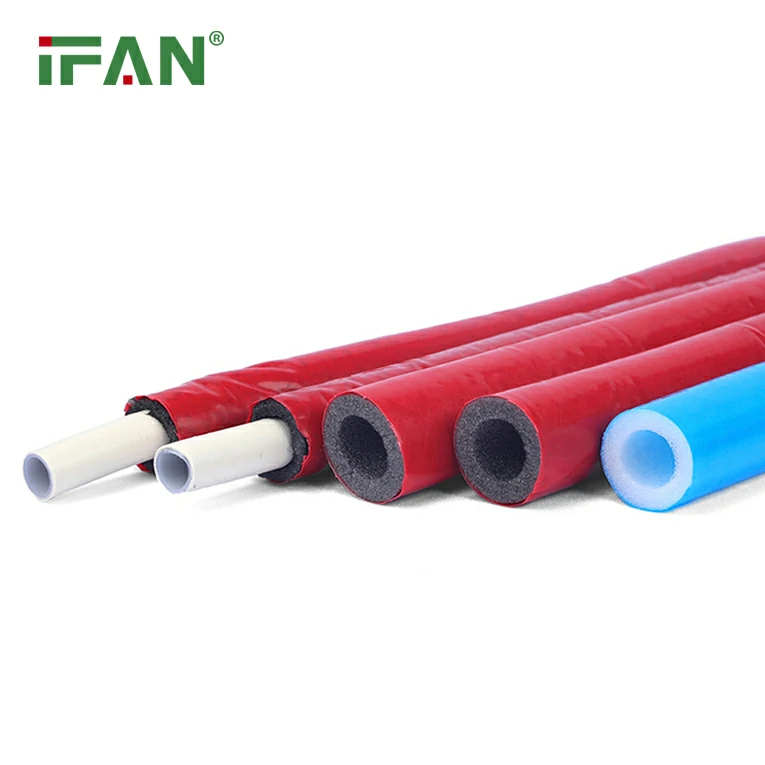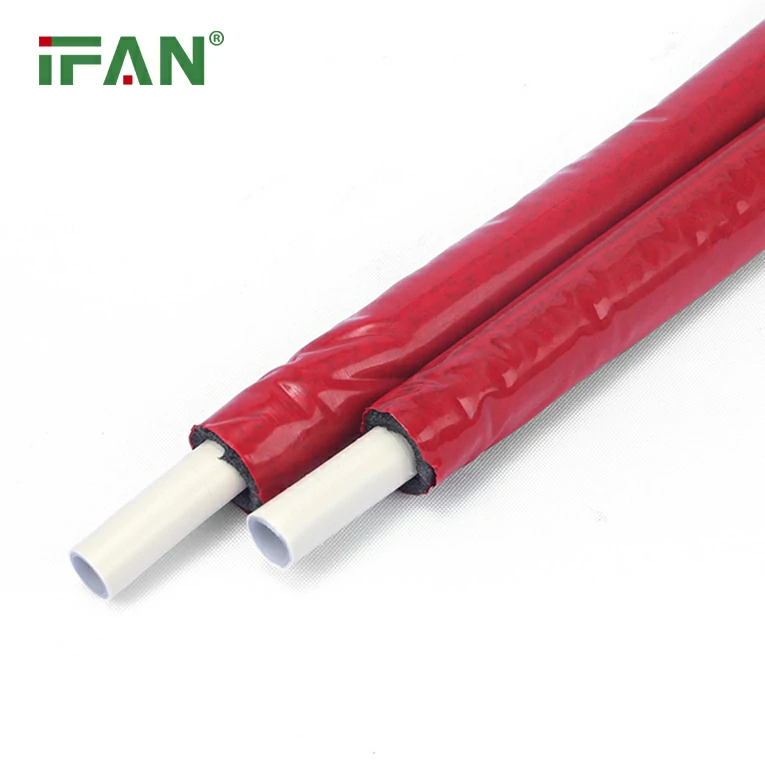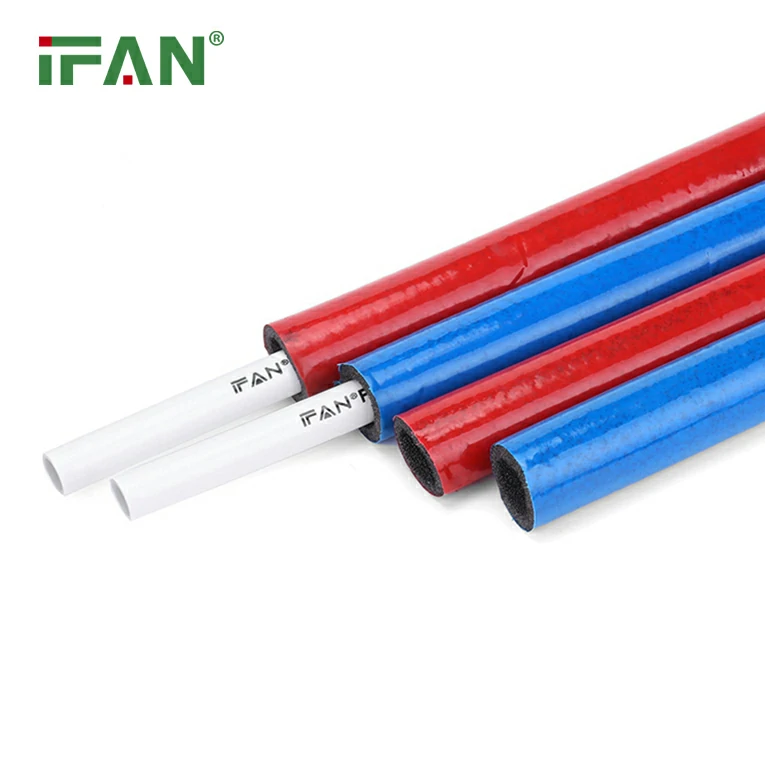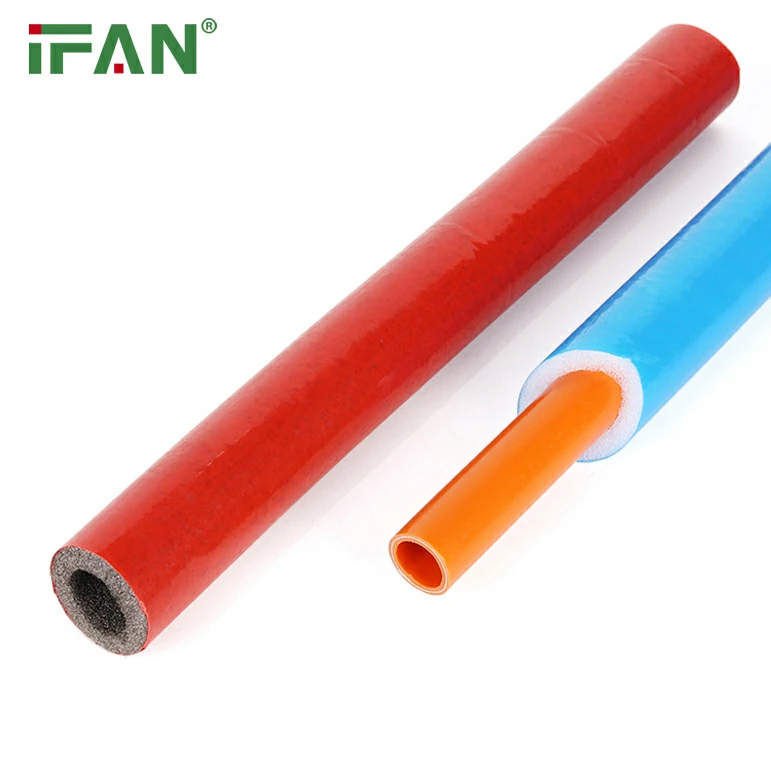When it comes to modern plumbing, one material has revolutionized the industry: PEX (cross-linked polyethylene). PEX pipes are flexible, durable, and resistant to corrosion, making them an ideal choice for a wide range of plumbing systems. However, no plumbing system is complete without the essential components that join pipes together securely: PEX fittings. These fittings play a crucial role in ensuring that your PEX pipes remain leak-free, efficient, and long-lasting.
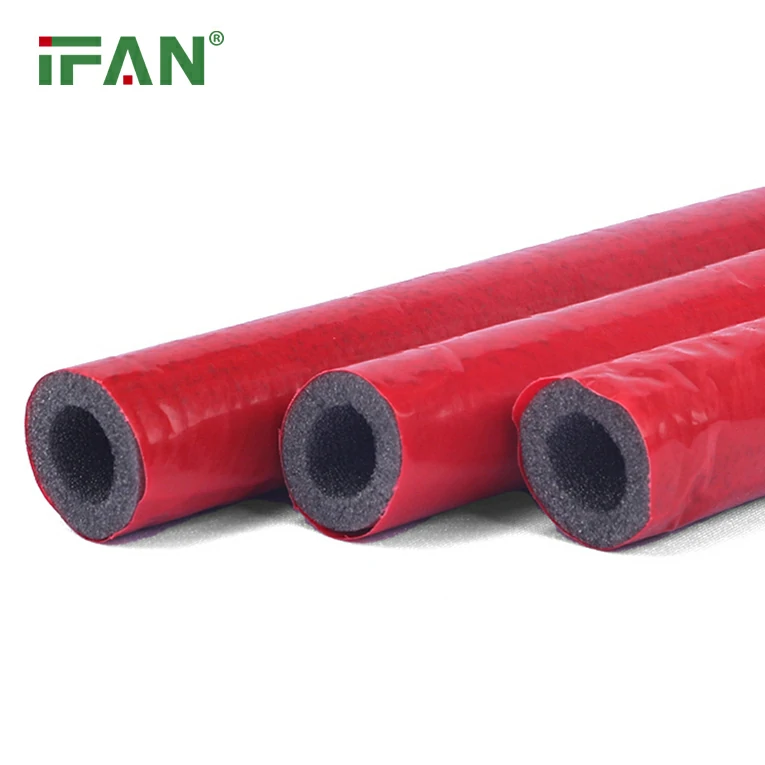
In this article, we will provide a comprehensive rundown of PEX pipe-connection fitting systems, explore the different types of PEX fittings, and discuss the installation process. Whether you are a professional plumber or a DIY enthusiast, understanding PEX fittings is key to ensuring a successful plumbing installation.
What Are PEX Fittings and Why Are They Important?
PEX fittings are specialized connectors used to join sections of PEX piping together. They are essential for creating a secure, leak-proof connection in your plumbing system. Since PEX pipes are flexible, PEX fittings provide the strength and reliability necessary for the system to work efficiently and safely.
PEX fittings come in various types, including crimp, push-fit, expansion, and compression fittings, each designed for a specific type of installation. These fittings ensure that the PEX pipes stay securely connected and prevent leaks that can result in costly water damage and system failures.
The Different Types of PEX Fittings
PEX fittings are categorized based on the method of connection and the tools required for installation. Understanding the various types of fittings will help you choose the right one for your specific plumbing needs.
1. Crimp Fittings
Crimp fittings are one of the oldest and most reliable types of PEX fittings. They are commonly used in both residential and commercial plumbing systems. To use crimp fittings, you’ll need a special crimping tool, which applies a metal ring around the PEX pipe and fitting, creating a secure connection.
- How it works: The PEX pipe is inserted into the fitting, and the crimp ring is placed over the pipe. The crimping tool compresses the ring, forming a tight seal between the pipe and fitting.
- Pros: Crimp fittings are durable, widely available, and easy to install with the right tools. They provide a strong, leak-free connection.
- Cons: Crimp fittings require a crimping tool, which adds to the installation cost. If not properly crimped, the connection can leak.
2. Push-Fit Fittings
Push-fit fittings have become increasingly popular due to their ease of installation. These fittings are designed for DIYers or professionals who need to install PEX quickly and efficiently. Unlike crimp fittings, push-fit fittings do not require special tools.
- How it works: To install a push-fit fitting, you simply push the PEX pipe into the fitting. The fitting has an internal mechanism that locks the pipe in place and prevents it from coming out.
- Pros: Push-fit fittings are tool-free, making them ideal for quick installations. They are also reusable, which makes them convenient for repairs or adjustments.
- Cons: While push-fit fittings are great for residential use, they might not be as durable as crimp fittings in high-pressure applications.
3. Expansion Fittings
Expansion fittings are typically used with PEX pipes in which the pipe is expanded before the fitting is inserted. Once the pipe returns to its normal size, the fitting is securely locked into place, creating a leak-free connection. Expansion fittings are commonly used with PEX systems that require larger diameters.
- How it works: The PEX pipe is expanded using an expansion tool, and the fitting is inserted into the expanded pipe. Once the pipe contracts back to its original size, it tightly grips the fitting.
- Pros: Expansion fittings are known for their strong, leak-proof connections. They are ideal for larger PEX pipes and provide a long-lasting seal.
- Cons: The expansion tool can be expensive, and installation can be more time-consuming compared to other fitting methods.
4. Compression Fittings
Compression fittings use a combination of a compression ring and nut to secure a PEX pipe to a fitting. These fittings are more commonly used in applications that require a more secure connection, such as for water and gas lines.
- How it works: The PEX pipe is inserted into the fitting, and the compression ring is placed over the pipe. The nut is then tightened, compressing the ring against the pipe and ensuring a tight seal.
- Pros: Compression fittings are great for areas where high pressure is expected. They are also easy to install with basic plumbing tools.
- Cons: Over-tightening the nut can damage the pipe or fitting, leading to leaks. They are also less commonly used than other types of PEX fittings.
Key Benefits of PEX Fittings
PEX fittings provide several benefits that make them the preferred choice for many plumbing systems. Here are some of the key advantages:
1. Flexibility and Easy Installation
PEX pipe is known for its flexibility, which allows it to be bent and maneuvered around obstacles. PEX fittings complement this flexibility, making it easy to install pipes in complex or tight spaces. This flexibility also means fewer fittings are required, reducing installation time and cost.
2. Durability and Leak Resistance
One of the biggest advantages of PEX fittings is their ability to create leak-resistant connections. Whether you’re using crimp, push-fit, expansion, or compression fittings, all of them are designed to provide a secure, leak-free connection. PEX itself is resistant to corrosion, and when paired with high-quality fittings, the system is built to last for decades.
3. Corrosion and Scale Resistance
PEX fittings, when installed properly, offer excellent protection against corrosion, which is a common problem with metal piping systems. PEX does not rust, and it is highly resistant to scaling, making it ideal for hard water areas. This means fewer maintenance issues over the years.
4. Cost-Effective and Versatile
PEX fittings are typically more affordable than metal fittings, making PEX an attractive choice for both residential and commercial plumbing systems. Additionally, PEX fittings are versatile, meaning they can be used in a wide variety of applications, from water distribution to radiant heating systems.
5. Long-Lasting Performance
With the right fittings, PEX piping systems can last 50 years or more without significant wear and tear. The ability of PEX fittings to create durable, long-lasting connections is one of the key factors in the longevity of the entire system.
How to Install PEX Fittings
Proper installation of PEX fittings is crucial for ensuring a leak-free plumbing system. Here’s a basic guide to help you install PEX fittings:
- Select the Right Fitting: Choose the type of PEX fitting that best suits your needs, whether it’s a crimp, push-fit, expansion, or compression fitting.
- Cut the PEX Pipe: Use a PEX pipe cutter to make a clean, straight cut. Make sure the pipe is free from any burrs or rough edges.
- Insert the Fitting: For crimp and compression fittings, insert the pipe into the fitting. For push-fit fittings, simply push the pipe into the fitting until it clicks into place.
- Secure the Fitting: For crimp and expansion fittings, use the appropriate tools (crimping tool or expansion tool) to secure the fitting. For push-fit fittings, ensure that the pipe is fully seated in the fitting.
- Test the Connection: After installation, turn on the water supply and check for leaks. If necessary, make adjustments to ensure a proper seal.
Common Challenges with PEX Fittings and How to Avoid Them
Even though PEX fittings are generally easy to install, there are some common issues to watch out for:
- Improperly Crimped Fittings: If a crimp fitting is not properly crimped, it can cause leaks. Always use a crimping tool that is calibrated for the specific fitting size and type.
- Damaged Pipe Edges: When cutting PEX pipes, rough or jagged edges can prevent a proper seal. Use a sharp, quality pipe cutter to make clean, straight cuts.
- Over-tightening Compression Fittings: Over-tightening can lead to damage or deformation of the pipe or fitting. Be sure to tighten compression fittings to the manufacturer’s recommended torque specifications.
Conclusion
PEX pipe-connection fittings are the unsung heroes of modern plumbing systems. They provide the crucial link that keeps the system running smoothly, preventing leaks and ensuring optimal performance. Whether you’re using crimp, push-fit, expansion, or compression fittings, each type offers unique advantages for different plumbing needs. With their durability, flexibility, and cost-effectiveness, PEX fittings are the ideal solution for plumbing installations in homes, offices, and other buildings.
If you’re considering installing PEX pipes in your next project, understanding the different types of PEX fittings and their benefits is essential for ensuring a successful and long-lasting plumbing system.
Frequently Asked Questions (FAQs)
1. What is the best type of PEX fitting for DIY installations?
Push-fit fittings are the easiest to install for DIYers, as they don’t require any special tools and can be installed quickly.
2. How do I know if a PEX fitting is installed correctly?
Check for leaks after installation. If the fitting is properly installed, there should be no water escaping from the connection points.
3. Are PEX fittings reusable?
Push-fit fittings are reusable, but other types like crimp or expansion fittings are generally designed for one-time
use. However, crimped connections can sometimes be re-done with new rings if necessary.
4. Can I use PEX fittings with copper or other pipe materials?
Yes, many PEX fittings are designed to work with copper, CPVC, and other materials, but you’ll need specific transition fittings for compatibility.
5. How long do PEX pipes and fittings last?
When installed correctly, PEX pipes and fittings can last 50 years or more, offering long-term durability and reliability for plumbing systems.

